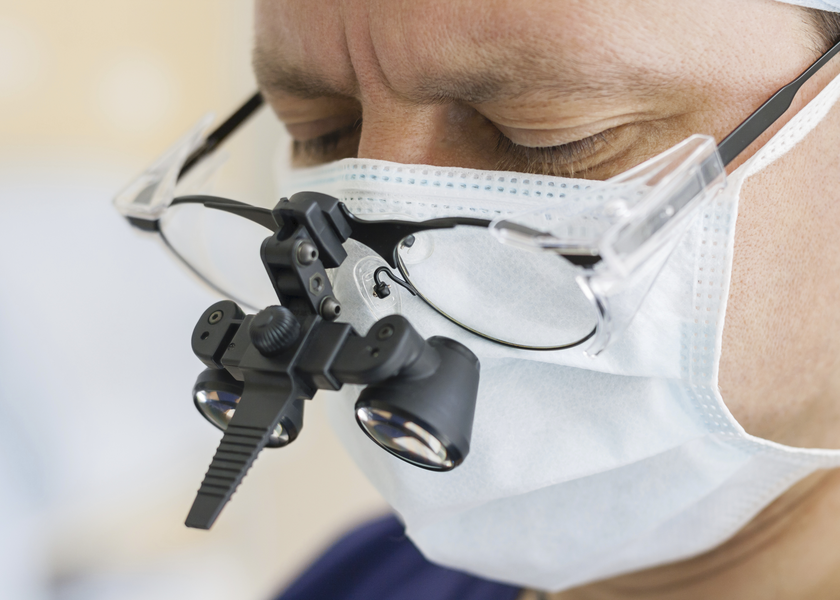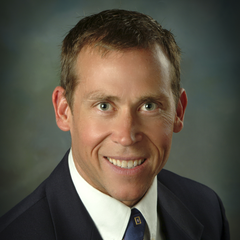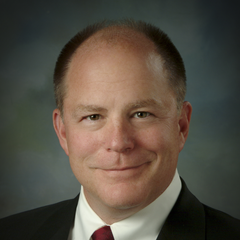
Knee Replacement

Knee Replacement
Preparing for Knee Replacement Surgery
Your new knee will give you freedom to move in ways you haven’t for a long time. Getting the new knee to work well for you will involve more than just surgery. Our experience shows that two other factors will make a big difference:
- First, choose a friend or family member as your "coach" to provide encouragement and support throughout the process.
- Second, you and your coach should learn what to expect by attending pre-surgery joint replacement education class. It’s best to attend 2-3 weeks prior to your surgery and if possible, before your final pre-operative appointment with your doctor in case you have additional questions.

Our orthopedic surgeons have set high standards for the best possible outcomes, receiving national recognition for expertise, high quality and safety.
St. Luke's Joint Replacement Surgeons (3)

Joint Replacement at St. Luke's
It takes a village to make sure you’re well cared for throughout the entire joint replacement process. Learn more about the highly skilled team of St. Luke's physicians, advance practice providers, and therapists that’s committed to providing you a safe, successful, and positive experience.


